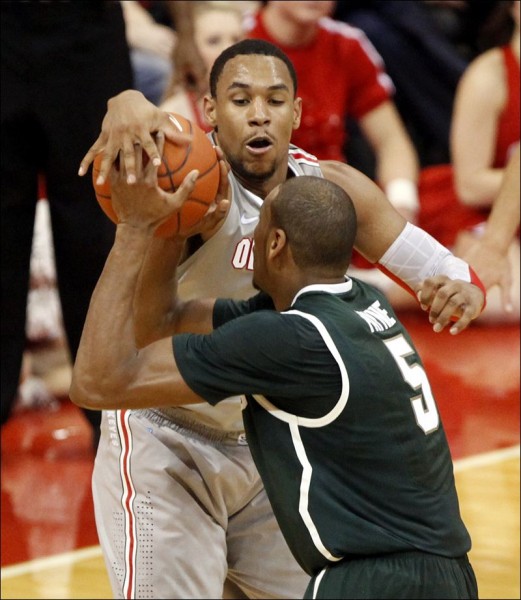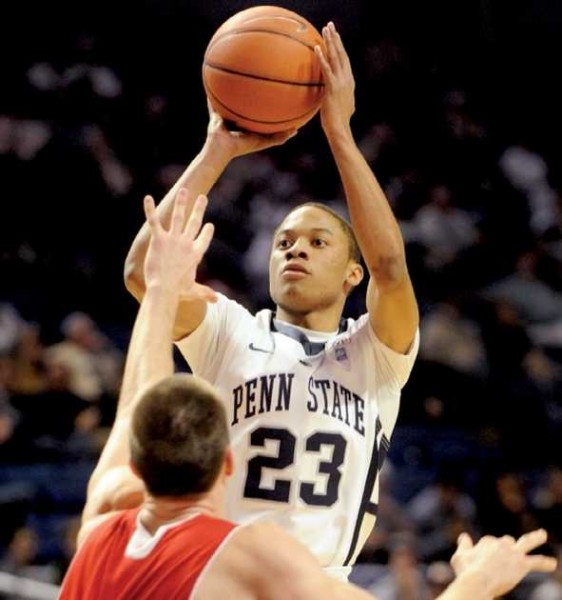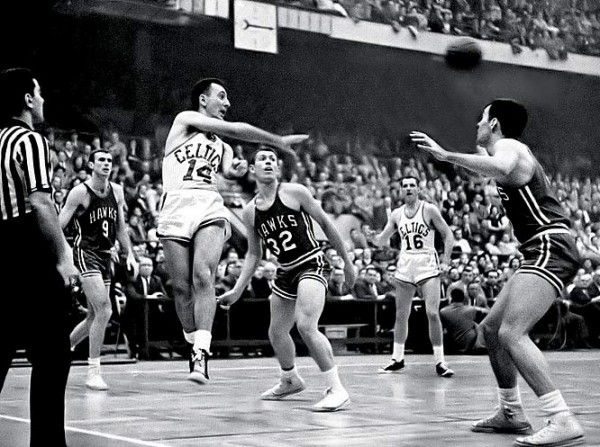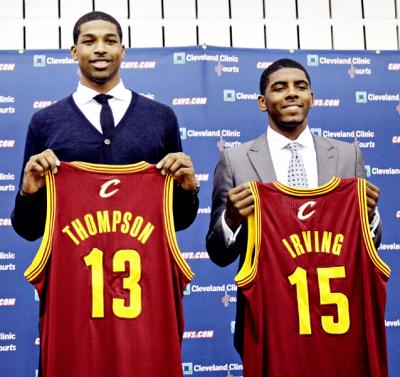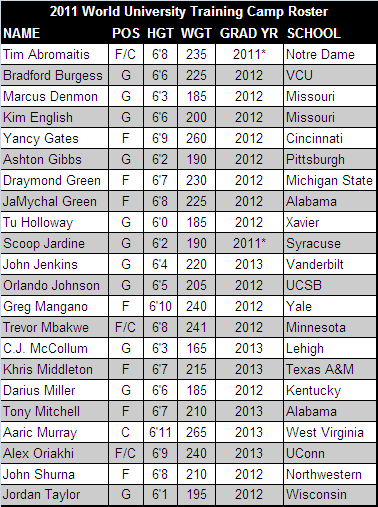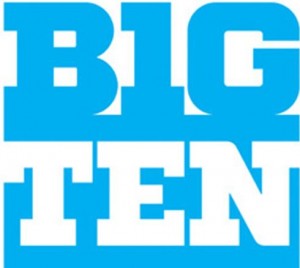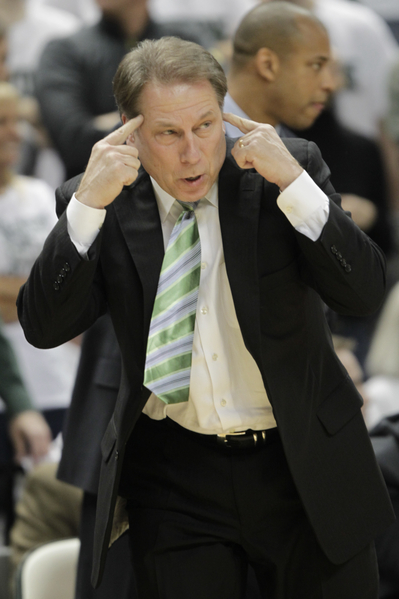Big Ten Season Wrap-Up: Penn State
Posted by jnowak on June 1st, 2012There were a few flashes of positivity — beating Illinois and Purdue, holding high-scoring Iowa to 64 points — but when those are the high-water marks, it can’t be considered much of a success for Penn State last season. The Nittany Lions finished dead last (they won just four Big Ten games) in a competitive conference during coach Pat Chambers‘ first season, but the cupboard was awfully bare when he arrived. He had just one returning starter (Tim Frazier) and two total players with any real contributing experience. There’s certain to be improvement next year. But before that time comes, let’s take a look back:
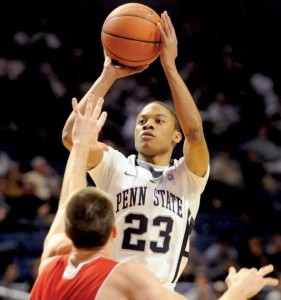
Tim Frazier was one of the few bright spots for Penn State this year. (CDC Photos/Christopher Weddle)
- In a nutshell: Simply put, there just wasn’t a whole lot to work with on this team. In a year in which the Big Ten was as deep as ever, Penn State had as few weapons as any team in the conference. Frazier (more on him shortly) put the team on his back practically every game for a group that consistently struggled to make shots and score.
- Overachievement: First off, one thing that should be noted is that the Nittany Lions finished at the top in the conference in offensive rebounding. This is all the more puzzling considering Frazier was the team’s leading rebounder at 4.7 RPG. Beyond that, freshman Ross Travis pulled down 4.2 boards per game. Back to Frazier, the junior guard may have defined overachievement more than any other player in the conference last year. With the departure of Talor Battle, Frazier filled in admirably and saw a remarkable scoring leap from 6.3 PPG to 18.8 PPG. He was named to the All-Big Ten First Team after finishing second in the conference in scoring, first in assists, and second in steals. He’ll definitely be a player to watch closely next year.
- Underachievement: Team-wise, it was the offense that really hurt Penn State last year. They featured an All-Big Ten player, but only one other player (Jermaine Marshall) who averaged in double figures (10.8 PPG). As a team, the Nittany Lions finished last in field goal percentage and 11th in free throw percentage, scoring offense and three-point shooting. The Big Ten is a defensive-minded league, but you have to put the ball in the basket more often than that to win games.
- Defining moment: In all honesty, if there was any stretch during the course of the season that really defined Penn State’s season, it was the final 12 games, in which the Nittany Lions won just twice. Give them credit — they beat lowly Nebraska and defensively-inept Iowa — but in a year where every team in the conference had the potential to be really tough on any given night, Penn State just didn’t have the goods to stack up. To further epitomize the team’s season during that stretch, Frazier had double figures in each game (and at least 16 points in 11 of those 12), but it was rarely enough.
- Final grade: Considering what Chambers was given this year, there could not have been very high expectations in State College. He seems to have the right personality and style to bring this program to a higher level, and Frazier has one more year to help the club improve. But there was just not enough to work with this season. Final grade: D.





























